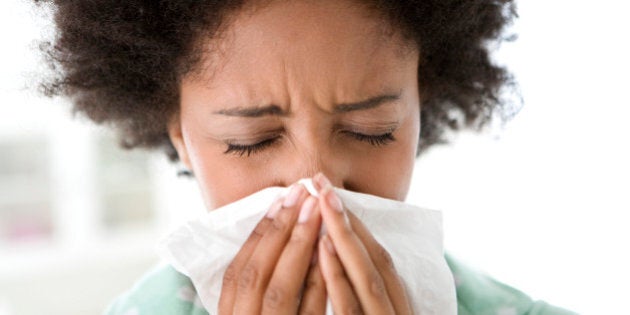10 snot (mucus) facts

In this article, we will describe 10 facts about mucus (snot). Mucus is also called catarrh.
1. What is mucus?
Mucus is primarily made up of water (about 95%), 3% protein, 1% salt, and other substances including lipids and various cells.
The proteins include mucin and antibodies, which help mucus strands form crosslinks to create a sticky, elastic gel.
2. Daily production
The human body produces mucus all the time – between 1-1.5 litres a day. Yes, alot.
Most of this is produced in the respiratory tract, including the mouth, nose, throat, sinuses, lungs and gastrointestinal tract.
Tiny hair-like structures called cilia move mucus along the nasal passages, eventually carrying it down the throat to be swallowed.
3. Functions
Mucus serves several important functions:
- Protection. It acts as a barrier to trap dust, bacteria, and other foreign particles
- Lubrication. It keeps tissues in the respiratory and digestive systems moist, which is essential for their proper functioning – i.e. mucus keeps tissues from drying out
- Immune defence. Mucus contains antibodies and enzymes that help neutralise and destroy harmful pathogens, playing a key role in our immune system
- Filtration. Mucus filters out materials like dust, allergens, viruses, bacteria, smoke, and chemicals that are breathed in
- Humidification. Mucus humidifies the air we breathe in
- Recycling. Mucus carries dead cells and other debris to the stomach for recycling.
4. Respiratory health
Mucus traps inhaled particles, such as dust and pollen, in the respiratory system. Cilia (tiny hair-like structures) then move the mucus up and out of the airways, often leading to a cough or sneeze.
5. Gastrointestinal health
In the digestive system, mucus protects the stomach lining from being eroded by stomach acid, preventing ulcers and other issues.
6. Nasal mucus
Commonly known as ‘snot’, nasal mucus traps particles that enter through the nose and can thicken during a cold or allergic reaction, leading to congestion.
7. Colour
The colour of mucus can indicate different health conditions:
- Clear. Normal and healthy
- White. Possible congestion or dehydration
- Yellow/Green. Indicates the presence of an infection, as the colour comes from white blood cells. Can be a sign of a cold
- Red/Brown. Could indicate blood, often from irritation or dryness
- Brown/black. Can be more common in heavy smokers or people with certain lung diseases
Thicker and stickier – mucus can become thicker and stickier during an infection.
8. Mucus in different parts of the body
Mucus is not just made in your nose and throat. It is also made in the stomach, intestines, and even the cervix, where it plays roles in digestion, protection, and reproduction.
9. Sickness
When you are sick, your body produces more mucus to help flush out germs. This is why you might experience congestion and a runny nose during a cold.
10. Mucus and allergies
During an allergic reaction, the body may produce excess mucus as it attempts to flush out allergens, leading to symptoms like a runny nose and watery eyes.
Other facts (other animals)
Other animals produce mucus, too. Some, like humans, use mucus to protect themselves. Hellbender salamanders, for instance, are coated in mucus that helps them slip away from predators. That led to their nickname ‘snot otters’. This mucus also fights off fungi and bacteria that could make snot otters sick.
For other creatures, mucus is more of a weapon than a shield. Sea creatures called hagfish squirt mucus at predators to clog their gills. Some jellyfish use a similar tactic. They sling out globs of stinging snot for long-range attacks against other animals.
Mucus may also help dolphins make the clicking noises they use to hunt down prey.
Summary
We have described 10 facts about mucus (snot). Mucus is essential to our bodies, keeping various systems functioning smoothly and protecting us from a range of potential threats.
Other resources
Revie article: McShane, 2021
10 facts about urine
10 facts about faeces
10 facts about sputum

